One of the things successful photographers just do, whether it’s out of habit or because we’re inherently curious, is constantly seek unusual ways to use light for more interesting results. This can be as simple as taping a small slave unit inside a commercial machine to illuminate what’s inside to using an entire wall as a light source.
One of my favorite places to be, to just look around, is a big box hardware store. This may be a reflection of the exciting life I lead, but I never fail to note something I might use, either now or at some point down the road.
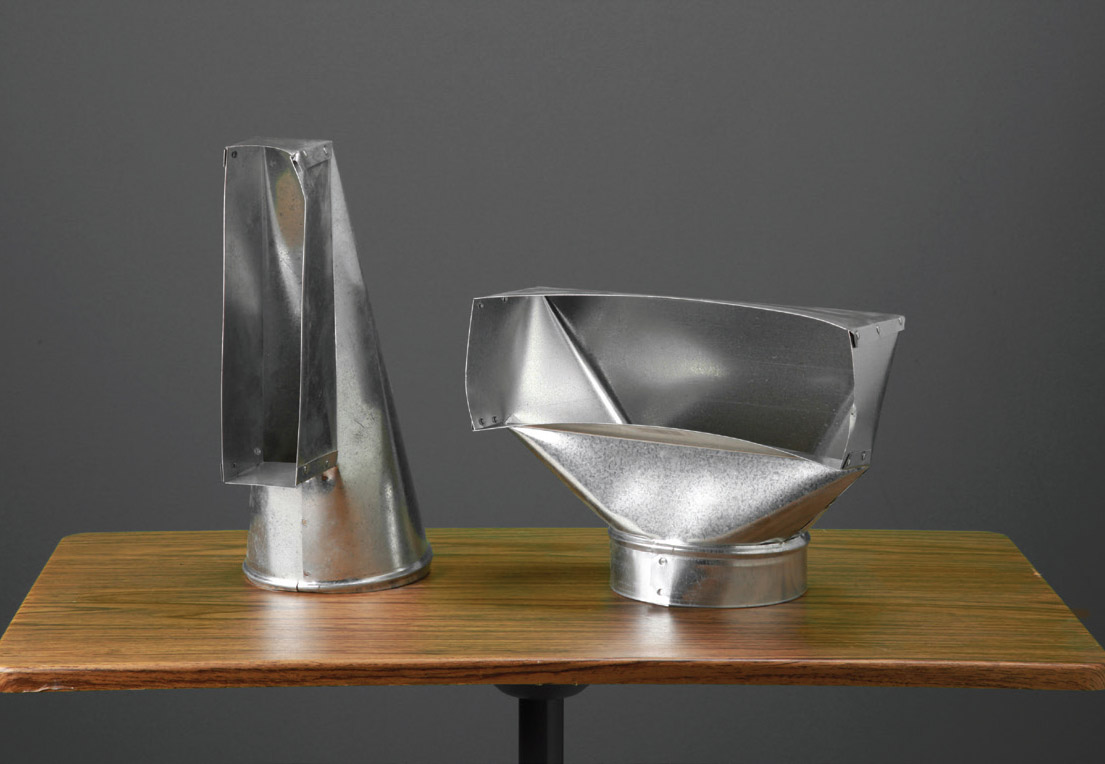
Register boxes can be used to change the shape and quantity of light from your strobe when fitted into a parabolic reflector.
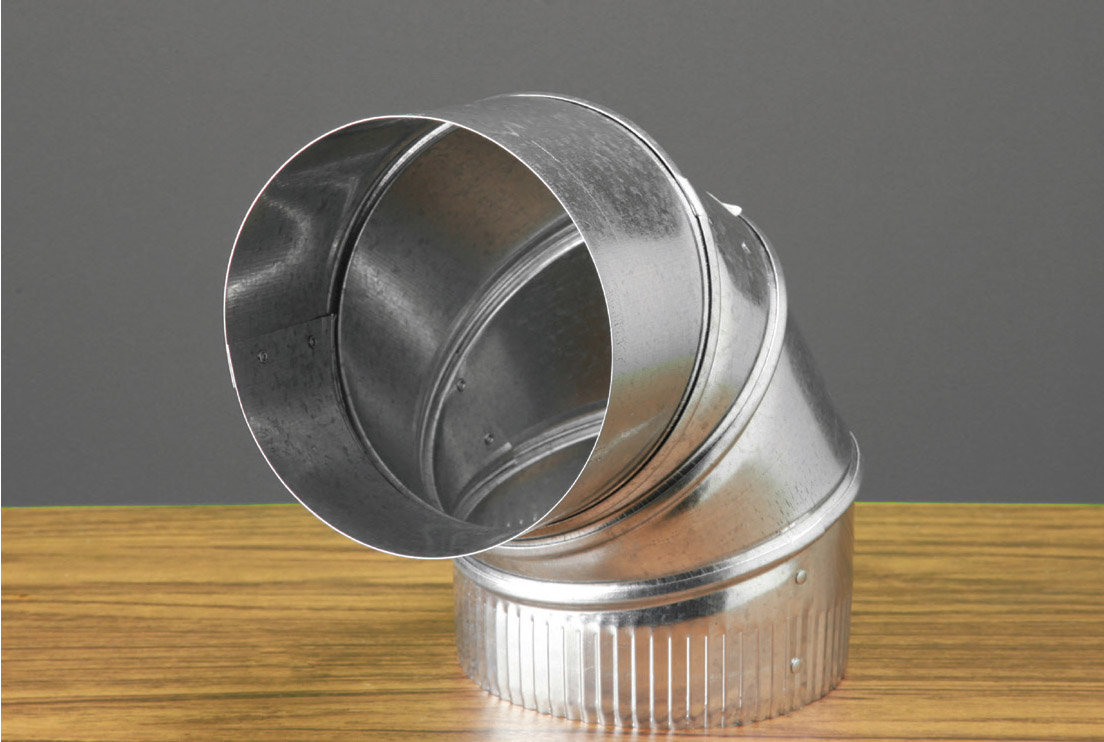
I also picked up an elbow for use in my lighting setup.
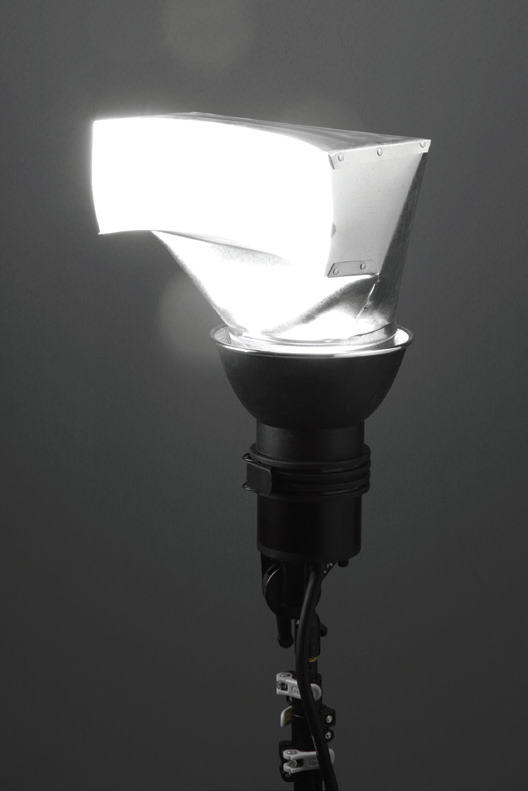
I used what I call the horizontal box first, setting it into a parabolic reflector that I’d aimed at the ceiling.
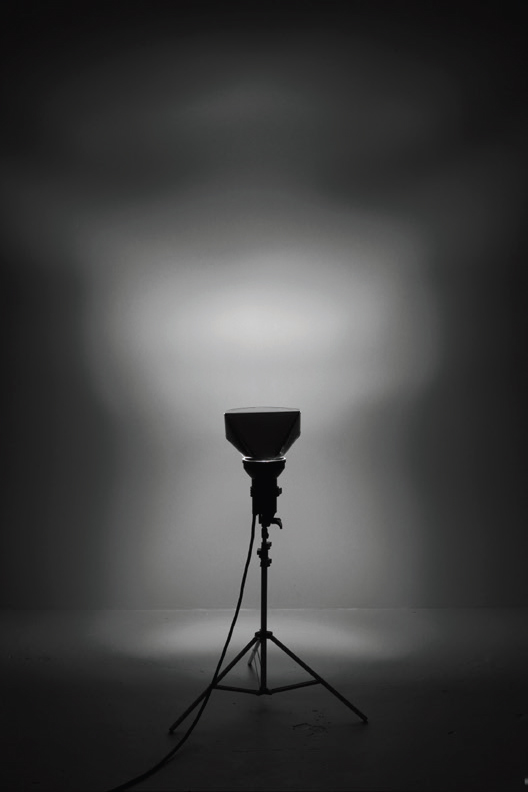
Can you believe light with a shape like this for $10?
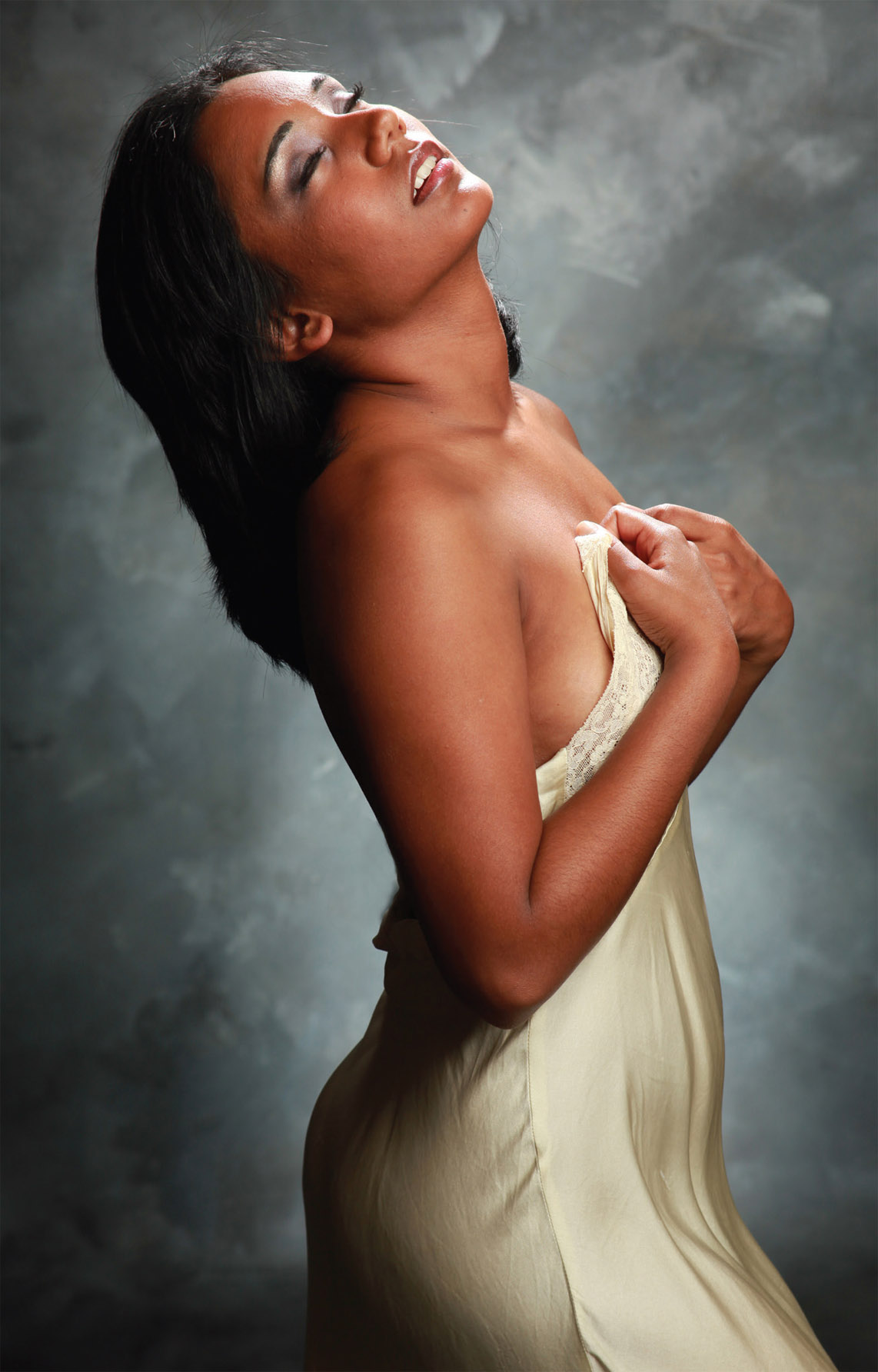
The odd shape of the light adds elegance to this beautiful image.
Behold! The Aluminum Register Box!
Heating and cooling ductwork is hidden in walls and under floors in most every home, allowing warm or cool air into a room through “registers,” those grated panels generally found at floor level. Inside, register “boxes,” like those shown here, become the ends of ducts, channeling air into a smaller exit, thus increasing its speed and pressure.
Although I’d probably seen these things a hundred times, it hit me that fitting one of these boxes into a parabolic reflector would change the quality and shape of that light. Whether it would be good or bad remained to be seen, so I put one of each type in my cart. A little farther down the aisle I found an elbow. It was the same diameter, but I could twist it if necessary. I grabbed one of those, too. (Of course, I kept the receipt in case the experiment was a bust.)
The result from the first test was simply amazing. I’d just found a really inexpensive way to modify a background light in a manner I’d never seen or been able to do before. Odd-shaped light, with softly gradated shadows, spilled onto the background from a $10 hardware store item.
What proved to be really interesting about this little gadget is that the shape of the light could change just by varying the distance from the light to the background or the tilt of the box in the reflector. Think about this for a moment. Unlike a traditional modifier, which holds its shape regardless of distance, this device could change the shape of its own output. Suddenly, I saw an incredible array of possibilities in front of me, but I didn’t realize just how cool they were until I set up the first shot. By the way, I set the light on a nail plate so I could shoot down into the unlit portion of the background.
The vertical box and the elbow both threw exceptional light, each shaped differently, dependent on the angle of the box in the parabolic and the distance from the background. I was in cheap trick heaven.
Please note that these metal boxes can get hot enough to burn skin. Let them cool before touching them, or use heavy gloves (or a tool like pliers) to move them.
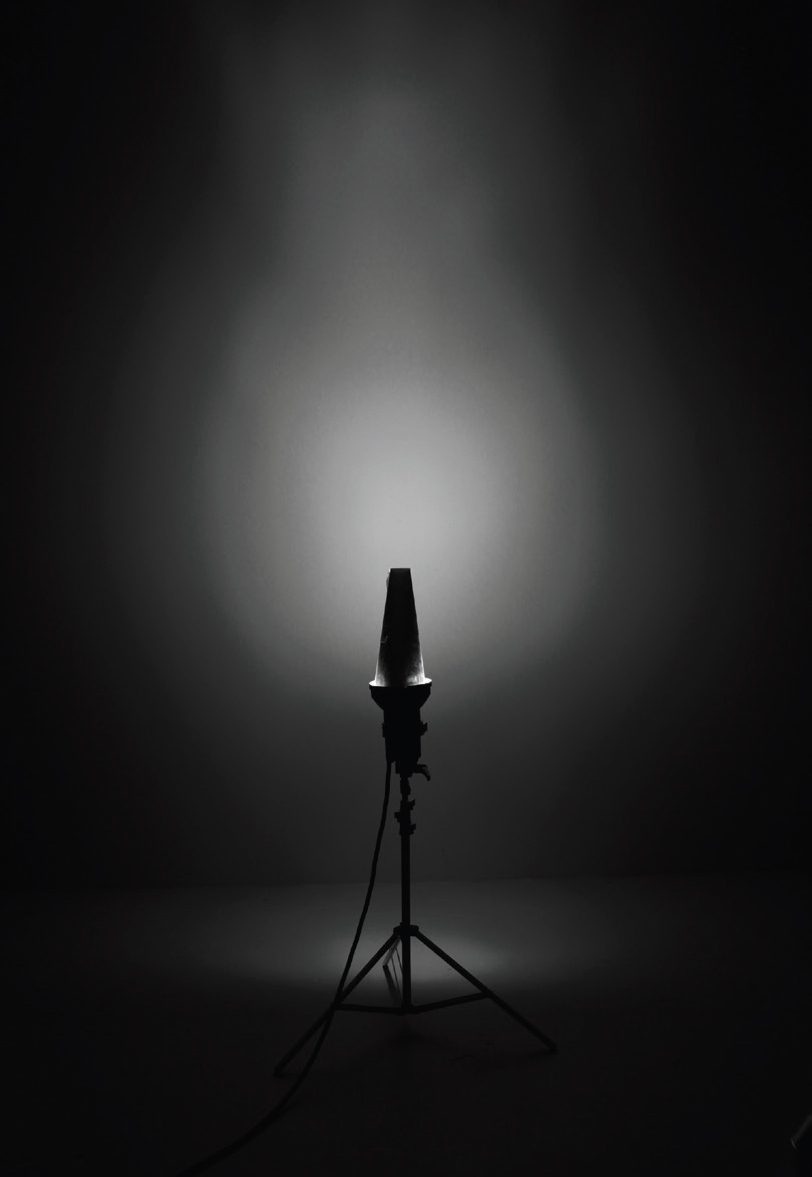
The so-called vertical box creates a wonderful teardrop shaped light.

The circular elbow can throw a “snowman” shape at the proper distance.